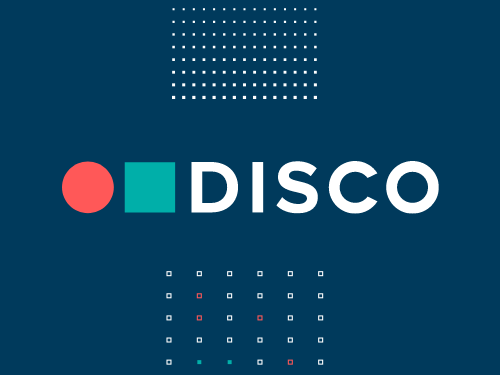Sales strategies are constantly evolving, but transitions are rarely seamless and each comes with a distinct set of challenges. One digital marketplace trend many B2B companies are experimenting with is expediting the sales process to enable direct e-commerce features. Perhaps new products or promotions are being debuted, or a-la-carte features are newly available for specific use cases. All may have high growth potential, but for a company that has been built and scaled within the B2B sphere, it can be difficult to bridge the e-commerce gap and offer the B2C experience consumers have grown to need. Let’s break down 3 essential steps to bridging the e-commerce gap for B2B success.
Optimize UX Design
When website users are accustomed to the latest and greatest UX experiences in their personal lives, there will be a natural expectation for these features in their professional settings. Not only do users expect a streamlined design, but they also demand speed and ease. Think about your last Amazon purchase or Uber Eats order. Forgot to grab milk at the grocery store? No problem, millions have gotten into the habit of turning to AmazonFresh. Within a matter of seconds, you were likely able to find the desired product, add it to the cart, check out and viola your milk can be at your door within an hour. B2C experiences have never been faster.
Now while your customers will not be expecting a one-hour delivery window, they will be accustomed to that ease of browsing, comparison, and checkout process. It is critical for any B2B company entering the e-commerce space to centralize product and pricing information. Important information for each product offered should be clearly presented, along with transparent pricing information. Interactive pricing tables are a great way to enable a self-service UX and efficient feature evaluation. Even if your business isn’t offering an e-commerce channel, interactive pricing sliders such as the ones used by Apprsl are positive ways to exemplify transparency and autonomous browsing.
The UX is arguably the most important piece of a B2B e-commerce strategy in optimizing e-commerce features. Your website user experience determines how users navigate the sales funnel, from start to finish. Brands should follow established best practices like making calls-to-action stand out, ensuring important elements are easily identifiable using color or size, and making the navigation experience just as intuitive on tablet and mobile as it is on a desktop. But a lesser acknowledged aspect of UX design is the ability for the user to manage all order fulfillment scenarios in a single viewport. Complex scenarios like sourcing, consignment, and delivery should be easily accessible in one place online to improve the sales experience from start to finish.
Contact
Speaking of self-service, contact information is absolutely critical. A B2B e-commerce optimization strategy must also include making it easy for prospects and customers to contact you. This is particularly true for new customers, as while you may be offering direct purchases on your platform, some may prefer to discuss their particular needs over the phone or chat.
Beyond generic contact forms, brands should seriously consider customer self-service tools, like chatbots, that can provide fast and efficient support while providing increased flexibility for the customer. A chatbot, as long as it is non-invasive and provides relevancy, is a great way for brands to efficiently complete simple communication tasks, gather information, and answer commonly asked questions. There has been an evolution toward self-service in B2B industries—for good reason. It enables customers to research and purchase on their own terms while reducing overhead costs for the company. Read more about why chatbots are becoming critical to businesses of B2B, B2C, and everything in between.
Make Relevant Recommendations
Finally, providing recommended product information and resources is the icing-on-top feature that will go a long way in improving the customer user experience. Many businesses put all the focus on the early stages of the sales funnel and neglect the follow-through. When users become so accustomed to the “Recommend For You” or personalized content across digital touchpoints, it can leave them unsatisfied and wanting more. The power of the right product recommendation and personalization overall should not be understated. Accenture found that 91% of consumers are more likely to shop with brands that provide relevant offers and recommendations. Following up on an e-commerce purchase with a recommendation for supplementary solutions or relevant product resources is an easy way to keep a personal touch on the impersonal individual checkout experience.
With so many recent technologies coming to market, B2B brands can leverage AI-driven product recommendation engines that improve the customer experience by serving up personalized, relevant content that buyers might not have discovered otherwise. Read more on why Bluetext recommends the benefits of website personalization for increased conversion rates, customer acquisition, and brand perception.
A shift into e-commerce channels may seem like a big lift for your business’ website. However, with the right strategies and keen focus on the three areas above, it can be achievable and sustainable for your business to boost conversions and sales. Bluetext has helped many clients implement e-commerce channels within their website’s UX strategy, such as SixFifty’s document marketplace and Centre Law’s course catalog. Contact us to learn more about the untapped potential of bridging B2C e-commerce features into the B2B world.


